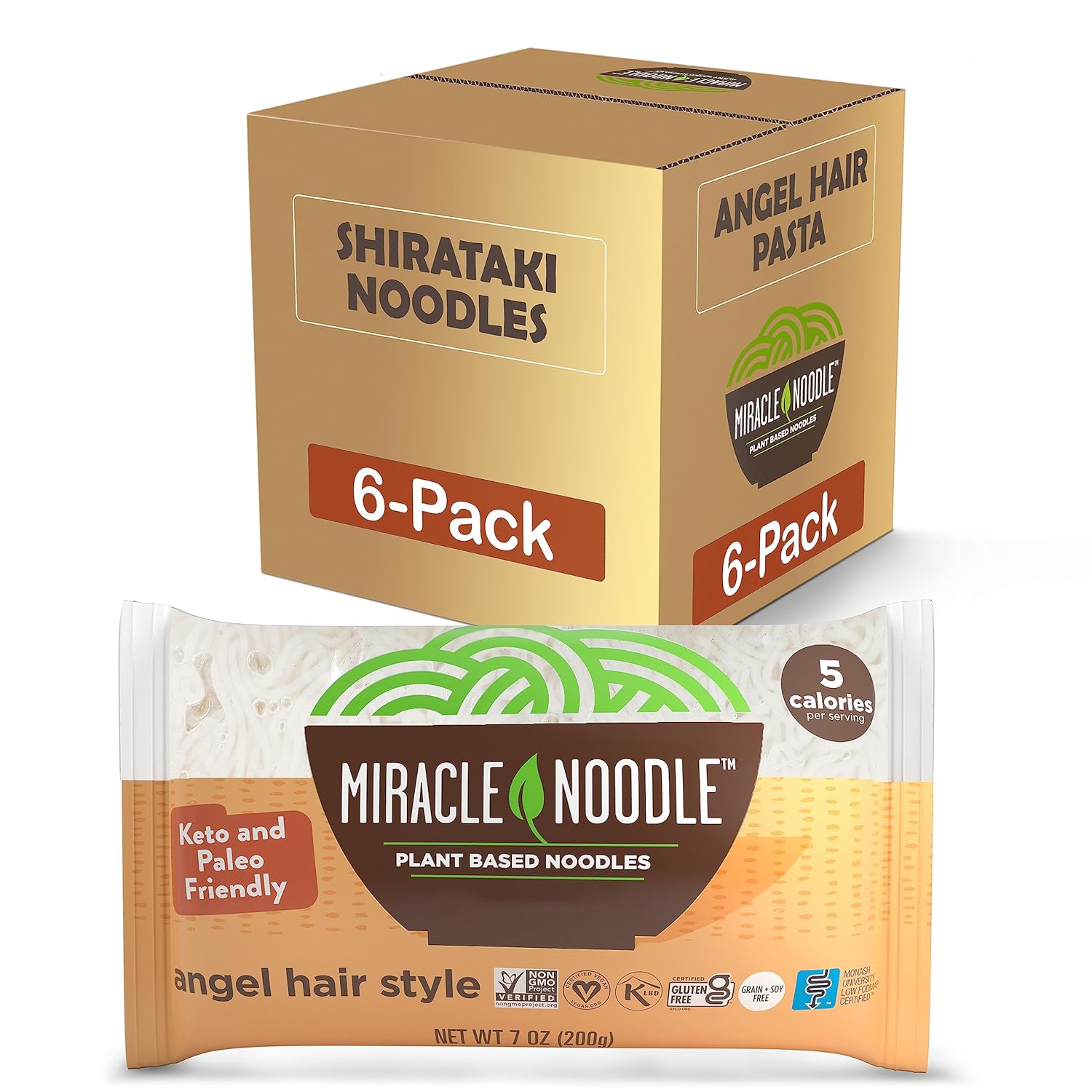“CARB” is a dirty, four-letter word, something to be almost completely avoided if you’re following a keto lifestyle. In general, on a keto diet, no more than 10% of your total calorie intake should come from carbohydrates. Many people on keto are more extreme in limiting carbs, going no higher than 5% of calories.
For the keto newcomer, fruits present a nutritional conundrum. On one hand, fruits are technically carbohydrates, and many fruits are very high in sugar. Consider fruit natural candy. However, on the other hand, many fruits are nutrient dense, loaded with antioxidants, enzymes, vitamins, minerals, soluble fiber and prebiotics.
If you’re not familiar with prebiotics, they are sugars and fiber that stimulate the good bacteria (probiotics) in the large intestine.
Bananas are perhaps one of the best fruit sources of prebiotics.
But before you start peeling away, keep in mind one large banana (approximately 8 inches long) contains 31 grams of total carbs, 28 grams of net carbs (the 3 grams of fiber reduces net impact or ‘net’ carbs), including 17 grams of sugar.
In general, to stay in a state of ketosis, in which your body is burning its stored body fat for energy, you’ll want to limit your daily net carb intake to 50 grams.
As you can see, eating a large banana contributes to over half of your daily allotment of net carbs.
Best Low Carb Fruits For Keto
Is there a better fruit source of prebiotic fiber than a banana? And what are some other nutrient-dense fruits that you can eat on a daily basis that provide disease-fighting antioxidants without all the carbs that could kick you out of ketosis?
For starters, you don’t have to avoid bananas like the plague. Instead of consuming a whole, large banana, you can eat a quarter banana to get some of the benefits of the prebiotic fiber.
Like bananas, watermelon is a rich source of prebiotics. If you stick to a serving size of a half-cup, you’ll only add about 5 grams of net carbs to your daily total. Many people erroneously believe watermelon is high in sugar because of its sweet taste, perfect for quenching thirst on a hot summer day. But watermelon is aptly named as it contains a lot of water, ideal for post-exercise hydration. Other reasons to include a small serving of watermelon include its vitamins A and C content, plus antioxidants including beta-carotene, and lycopene.
Best Berries For Keto
If you’re following a strict keto diet (approximately 20 net grams of carbs per day), the one type of fruit you may want to consider including regularly are berries.
The antioxidants in berries have been proven in several research studies to prevent inflammation and oxidative stress, among numerous other benefits. Oxidative stress is what causes cells to age prematurely. Even the juice from berries, studies (like this one) show, can prevent oxidative stress. Of course, you’ll want to avoid fruit juice because it’s higher in carbs and lower in fiber than whole fruit.
The best low carb berries are:
- Raspberries: one half-cup contains approximately 3.5 net carbs
- Blueberries: a half-cup has about 8.5 net carbs
- Blackberries: just 3 net carbs per half-cup
- Strawberries: 4.5 net carbs per half-cup of whole strawberries
Are Apples OK For Keto?
One medium apple contains about 20 grams of net carbs. If you’re really craving an apple, you”ll need to limit your other sources of net carbs to about 30 grams. Keep in mind that because everybody has a unique biochemistry, the 50 grams of net carbs is not set in stone. For one person, consuming 50 grams of net carbs may result in being kicked out of ketosis, while another person may be able to consume 60 net carb grams and still be in ketosis.
Therefore, the only way to know for sure if you can safely eat an apple and remain in ketosis is to consistently test and monitor your ketone bodies. (A blood test is most accurate; blood ketone levels for nutritional ketosis is 0.5 to 3.0 mmol/L.)
As for other popular fruits, grapes contain approximately 8 grams of net carbs per half-cup. However, grapes have very little fiber. Consuming a serving of fruit with fiber will help keep you satiated for longer. Some people may counter that on a keto diet, the high fat content will also help you feel full for longer. But if weight loss is your main goal, it’s best to pick a fruit that is higher in fiber.
With fruit on a keto diet, portion control is key. Take into account the cantaloupe. A small wedge-sized serving contains just 4 grams of net carbs. But if you eat the entire cantaloupe, even a small one, your net carb count will be over 30 grams.
Fatty Fruits For Keto?
Most fruits contain a relatively high amount of sugar. However, there are a couple of exceptions. Olives and avocados are both technically fruits. They are both high in fat and low in sugar, making both of them ideal for ketogenic diets.
The juice from olives (olive oil) is the one fruit juice you can safely consume. The same goes for coconuts, which, botanically speaking, are stone fruits (also called ‘drupes’). Keep in mind that when it comes to anything derived from coconuts, including coconut oil, for some people with certain genetic markers, coconut can be damaging to heart health.
Got Digestion Problems? Avoid These Fruits
Some people who embark on the keto lifestyle do so because of digestion problems. However, many fruits can contribute to gut problems. That’s because in certain individuals, fructose, the main sugar in fruit acts as a food allergen. But certain fruits also contain glucose, which absorbs fructose, making it easier to digest for those that are on a so-called “FODMAP” diet. The best low-carb fruits to eat if you’re sensitive to fructose are the berries listed above, as well as unripe bananas, oranges and pineapple.
Low Carb Fruits For Keto Diets: Conclusion
If you stick with eating only one fruit at a time per meal, you should have no problem keeping net carbs to 50 or below, if you choose some of the fruits mentioned above. And think about how our distant ancestors ate fruit. They ate whatever was available seasonally, whatever fruit was available within grasp; fruit salads didn’t grow on trees.
Don’t avoid fruit if you’re eating a keto meal plan. Fruits are antioxidant powerhouses. Although healthy fats such as wild salmon contain some antioxidants (salmon is rich in the antioxidant, astaxanthin), completely avoiding fruits could hinder your body’s defenses against disease. Fruits also maintain your body’s own intrinsic, natural disease-fighting antioxidants such as glutathione.
Just keep your portion sizes to a handful or so of berries or a half or quarter of a whole piece of fruit.




1 comment
This was very informative since I have not known half of the things about frit that were mentioned. All this time I was avoiding fruit & after reading this, I will not. Thanks for the info, much appreciated.